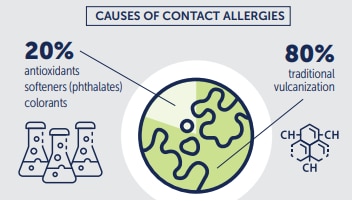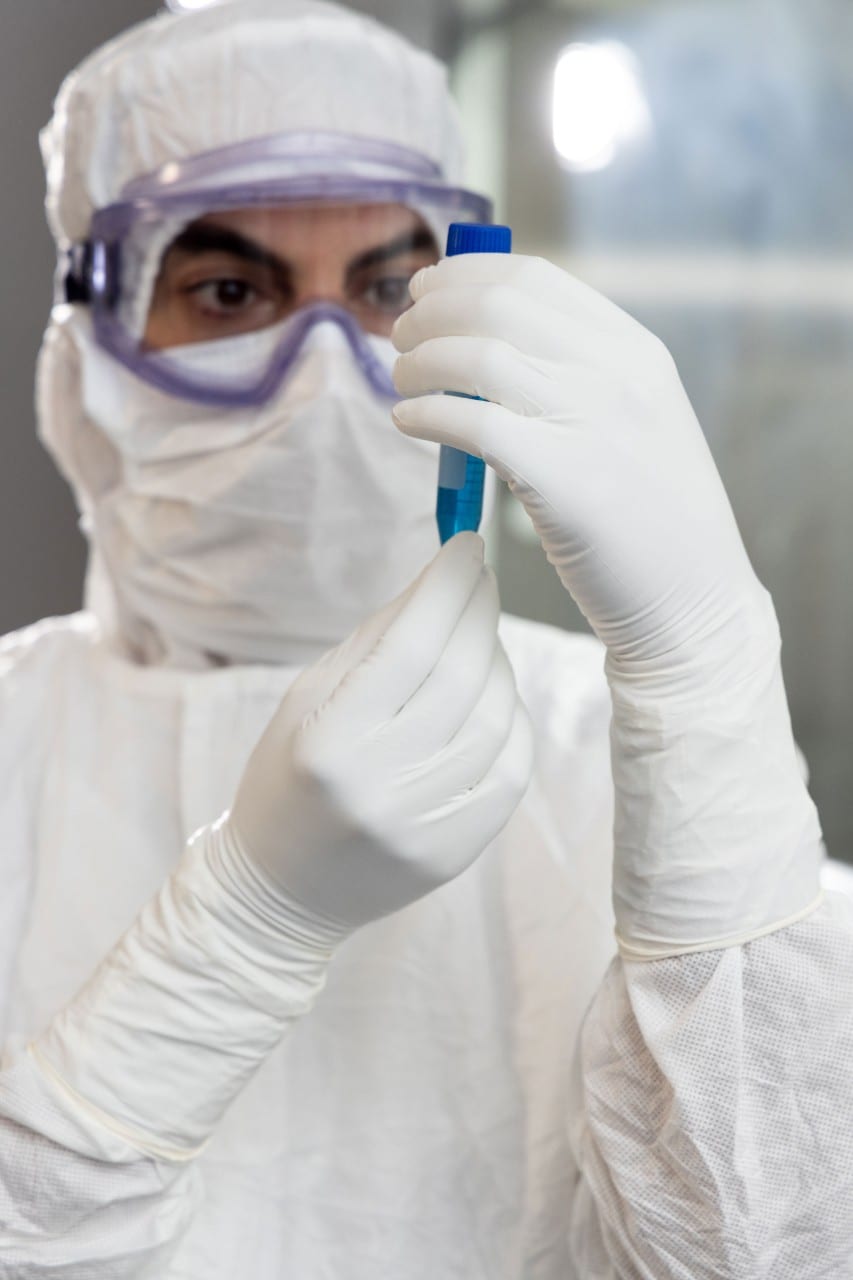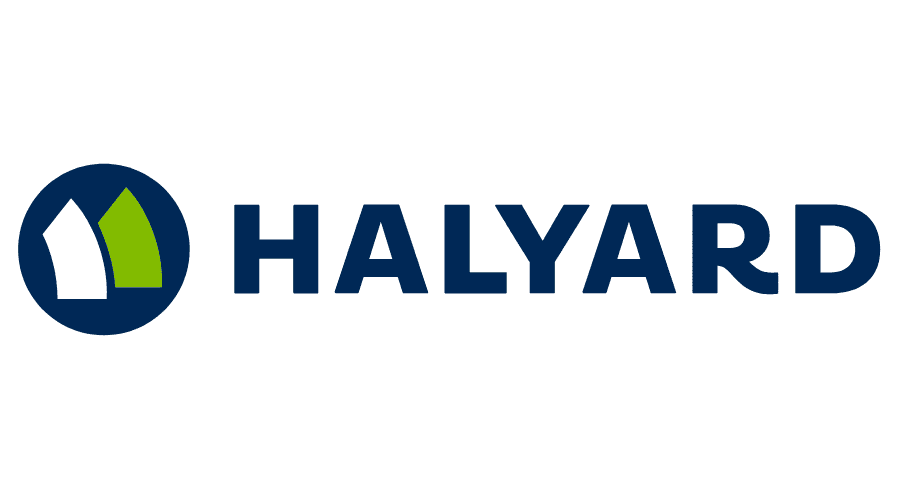Understanding the Risks of Allergies and Contact Dermatitis
Working in a cleanroom can be characterized as a marathon, not a sprint. As such, it’s important that the protective equipment worn, such as gloves, is able to go the distance. Providing the necessary level of protection, while ensuring one’s ability to work for long periods of time without skin irritation, is imperative.
Is Latex the Only Cause of Allergies and Contact Dermatitis?
While many industries have moved away from latex gloves, latex is not the only common glove allergy. Accelerators are often used as part of the cleanroom glove manufacturing process to help stabilize the raw materials in order to form a strong, elastic product. These accelerators, used to produce many non-latex gloves, can cause Type IV allergies known as hypersensitivity reactions. Such reactions are an inflammatory response the body produces when exposed to certain allergens or accelerants. Natural rubber or sulfur-based chemical accelerators present in non-latex gloves can cause allergic contact dermatitis, a common Type IV allergy that results in a rash with bumps or blisters which can impact the ability of cleanroom staff to do their jobs properly.

The Role of Accelerators in Allergies and Contact Dermatitis
According to the Centers for Disease Control and Prevention (CDC), cases of contact dermatitis have an estimated annual cost exceeding $1 billion. For a clinician, who changes gloves each time they enter an exam room, this may not be an issue; however, for cleanroom employees, who need to wear the same pair of gloves for an extended period of time, a reaction to chemical accelerators can build up especially for those with Type IV allergies.
"In one study focused on healthcare workers with hand eczema, all those who switched to accelerator-free gloves improved their situation, and two thirds of patients were completely free of symptoms."
What are the Solutions in Case of Allergies to Latex or Chemical Accelerators?
In a similar fashion to how glove manufacturers and healthcare systems adapted to meet the needs of those with latex allergies by providing latex-free products, manufacturers have developed cleanroom gloves to meet the needs of those with Type IV allergies and sensitivities to latex or chemical accelerators. Brands like HALYARD™ have developed and offer accelerator-free cleanroom gloves with low dermatitis potential. These gloves provide the same level of protection as traditional cleanroom gloves – they are recommended for use in ISO Class 3 cleanroom environments or higher, and provide effective barrier protection against chemical splash, micro-organisms, and viruses – while still allowing for the flexibility and comfort needed when being worn over long periods of time. The work done in cleanrooms is important and highly specialized, and those working in this industry deserve gloves that reflect the work they are doing. Accelerator-free cleanroom gloves, like HALYARD™ PUREZERO* Nitrile Gloves, provide employees with the high level of barrier protection needed while reducing the risk of allergies and contact dermatitis.



